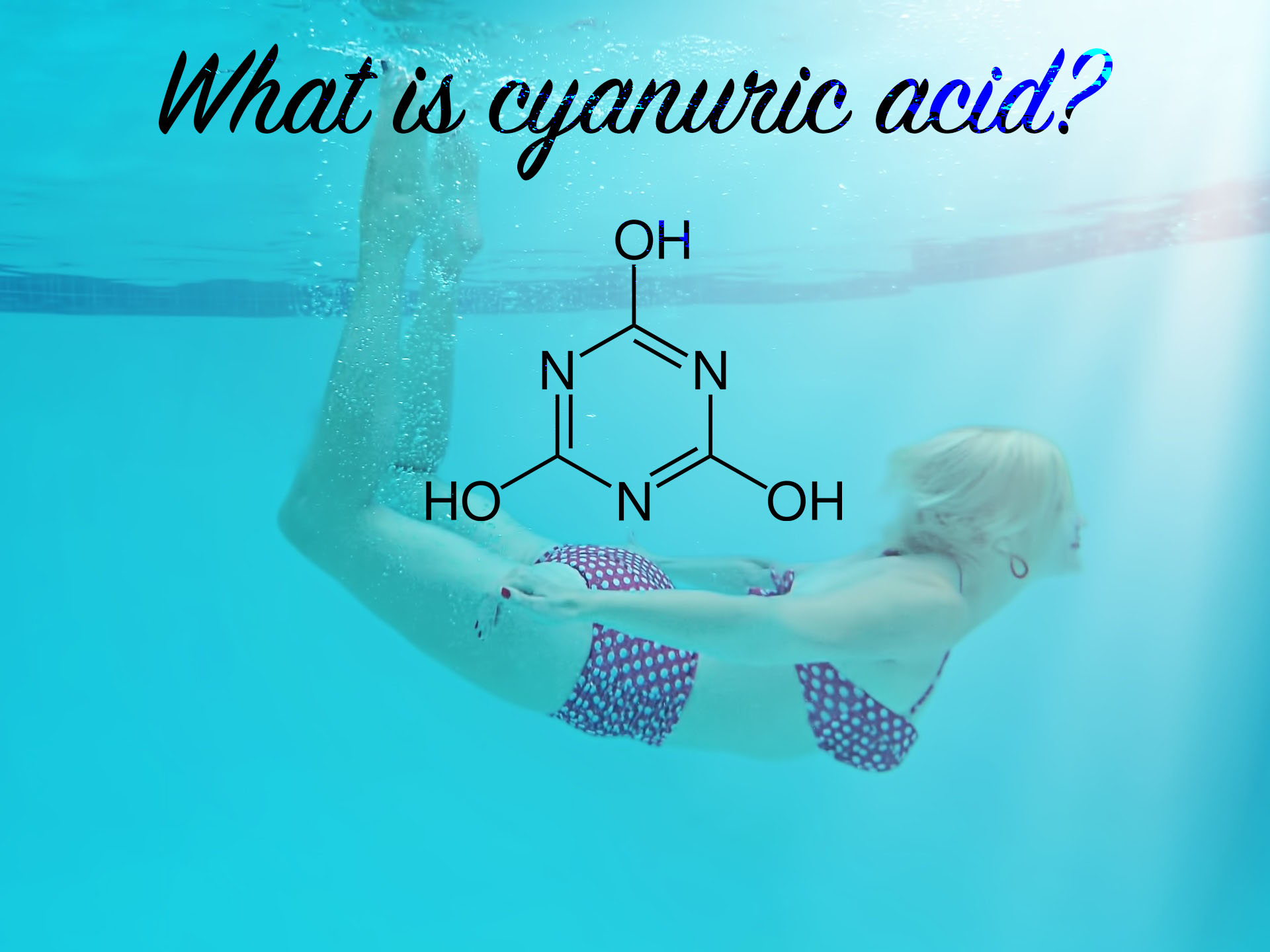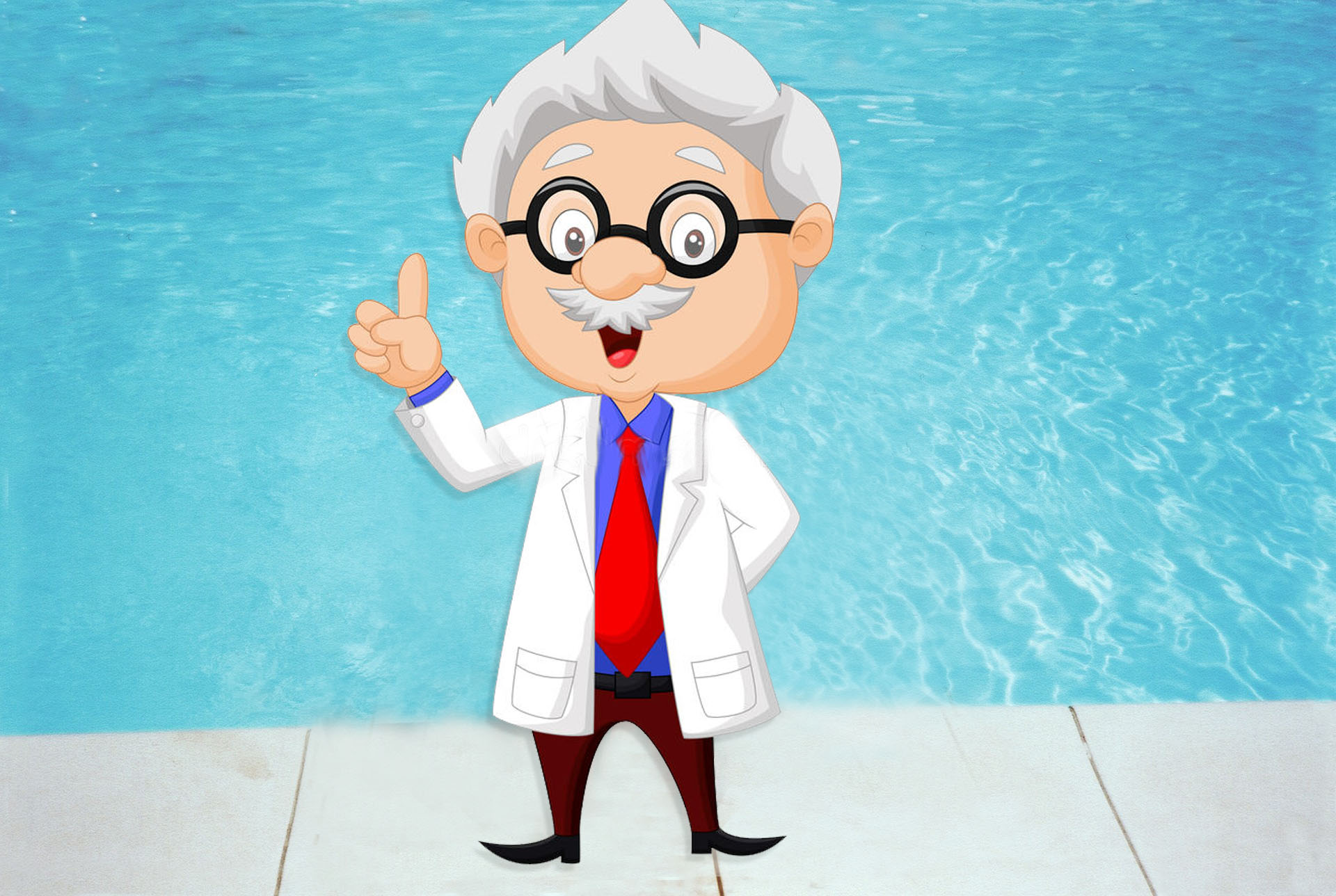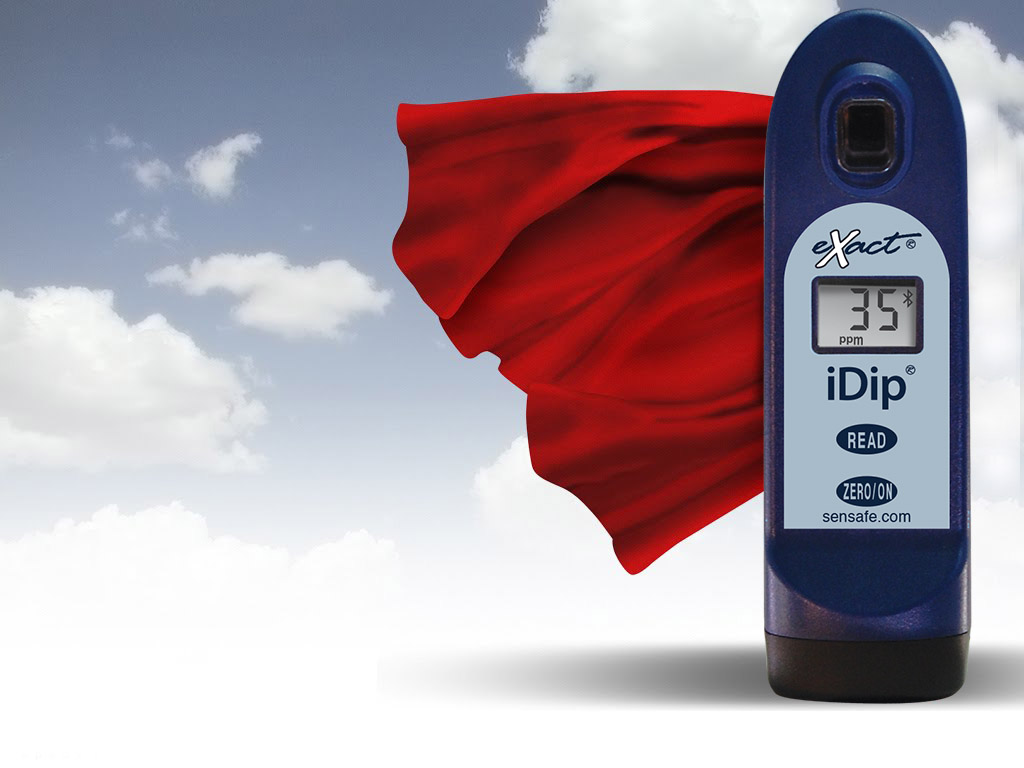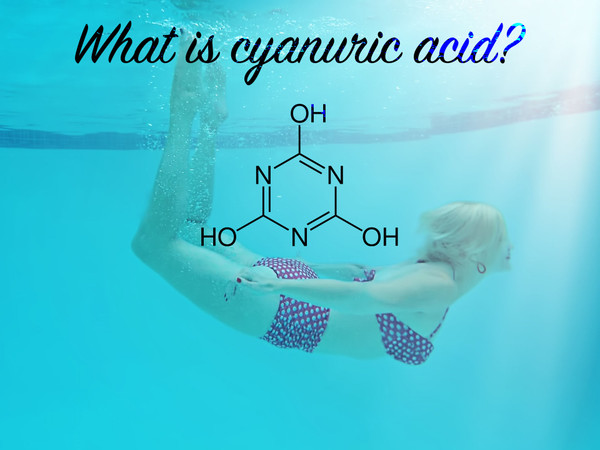What is Cyanuric Acid and Why You Should Care Before You Jump in The Pool This Summer?
Posted by Marketing Intern - Jonathan "J.R." Gerstl on Jul 3rd 2018

Nothing beats a beautiful summer’s evening. The vibrant shades of red and orange flood the vast blue skyline as the sun sets in the horizon. Sitting on the edge of the pool, drink in hand, the water ripples against your feet. You slowly cascade into the warm water and try to drift away from the stressors of the day. It seems as if nothing can ruin this moment. Well I can think of something! Ingesting a mouth full of E. coli and you and the other swimmers getting sick. To keep your evening going perfectly, it’s essential that you understand cyanuric acid.

Cyanuric acid likes to go by a lot of different names in the pool industry such as CYA, pool stabilizer, pool conditioner, or chlorine stabilizer. Whatever you choose to call it, this chemical has played an integral part in pool maintenance creating a $300 million a year industry since its invention in 1829. The primary purpose of this invention is to help stabilize chlorine to protect it from UV rays and allow it to sanitize pools for a longer period of time.
This chemical compound is made up of a hexagonal ring structure of Nitrogen and Carbon atoms which form weak bonds with chlorine molecules. Chlorine gas is highly unstable and toxic and for that reason chlorine is sold as sodium hypochlorite. When combined with water this compound forms sodium hypochlorite ions.
The
amount of chlorine available to clean the water is known as
free chlorine and
once the molecule begins to kill bacteria it becomes
combined chlorine. As you
might have guessed, the combination of free and combined chlorine in the pool
comprise the
total chlorine. CYA plays a critical role in
allowing the chlorine molecules to be able to do their job and kill the
bacteria, pathogens, algae, and other harmful contaminants in the pool’s water.
Remember the sodium hypochlorite ions I mentioned earlier? Well the sun’s rays are
able to break these ions apart causing them to evaporate.
Believe it or not within two hours the UV rays can actually cause you to lose 75-90% of your chlorine.
heading

Now here is where our friend CYA comes in. Picture the chlorine like a fragile but essential item that needs to get delivered to the sites of the pathogens and algae. If you put it in the mailbox without bubble wrap or a box, it is guaranteed to be destroyed in transit. The CYA functions as that protection for the chlorine by forming a bond with it, and when it is ready to go kill the undesirable elements in the water, the chlorine can separate from the bond and do its job.
Thanks to CYA’s protection, chlorine can destroy bacteria three to five times longer than without it. Due to its ability to guard from harmful UV rays, CYA is recommended for use in outdoor pools only. Also, your wallet will appreciate that CYA stays in the pool for a very long time even after the water evaporates from that hot summer sun.More is not better, especially in regard to Chlorine stabilizer. While CYA can provide protection from UV rays, it also has the adverse effect of reducing the sanitation effectiveness. The ability of chlorine to kill bacteria, pathogens, and viruses is measured through ORP or oxidation reduction potential. When CYA is used as a stabilizer the ORP can be reduced by approximately 7.5%.

Consequently, this can have a noticeable effect on the time it takes to eliminate those unwanted contaminants from the pool. You want the chlorine to be able to do its job and quickly abolish contaminants and keep swimmers safe so they don’t get sick.
If Little Timmy decides to drop a brown torpedo everyone in the pool becomes at risk of contracting E. coli, Giardia, Crypto and other pathogens. To keep your pool running smoothly and all the chemicals doing their jobs you must maintain the proper levels of each compound.
As you prepare your pool management routine rather than thinking about free chlorine and cyanuric acid as two separate entities, it’s best to view them as a ratio that needs to remain in balance. The amount of cyanuric acid you use will depend on the size of the pool and the amount of chlorine. To keep the chlorine at an effective ORP level, the Model Aquatic Health Code (MAHC) guidelines suggest keeping the free chlorine levels at a minimum of 2 ppm (parts per million) and the CYA within an ideal range of 20-60ppm. While CYA is nontoxic, anything above 90 ppm could make people sick if they accidentally swallow the pool water. A good rule of thumb is to keep the Free Chlorine at 5-7.5% of the amount of cyanuric acid used. For example, if you put 40 ppm of CYA in the pool you will need to keep 2-3ppm of free chlorine.
In the case of an accidental fecal matter incident the CDC mandates that the pool is drained and no more than 15 ppm of CYA is used. Any more than this will not allow the chlorine to properly sanitize the water. Keep in mind that when the pool is drained some CYA will remain in the pool and filtration system.
If your CYA levels are too high, first check to see if you are using a stabilized chlorine product that already has CYA in it. If this is the case, you should switch to a chlorine without added cyanuric acid. If the levels still remain high, allow for the water to evaporate and add new fresh water to dilute the pool. In extreme cases, you may need to drain the pool, change the filter, and refill it to restore the optimal balance.

The slightest variation of these chemical ratios can completely throw off your water’s chemistry and ability to properly disinfect your pool. For both public and private facilities, photometers/colorimeters are the most accurate method to verify and maintain the desired water parameters. The MAHC mandates that Water Quality Testing Devices (WQTD) meet NSF/ANSI 50 standards. The current standards for WQTDs specify accuracy and precision requirements for Chlorine, pH and other critical water parameters. Certified products are given an accuracy rating to one of three levels: L1, L2, or L3 with L1 (Level 1) being the most accurate. Whenever possible select a test kit with L1 accuracy to best insure the safety and aesthetic of your swimming pool.
If you have ever used one of the visual CYA tests, where you watch the dot vanish, you are well aware of how subjective and inaccurate water testing can be. With the eXact iDip® Photometer subjective testing has become a thing of the past. Our team of scientists at Industrial Test Systems, Inc. have specifically designed this instrument to be able to provide the most precise, low cost, and easy to use means of field testing for CYA and other common parameters. Using industry leading NSF Level 1 Certified digital light wave technology, you can feel confident that your levels are consistent every time you jump in!
For further reading check out the following:
https://www.swimuniversity.com/cyanuric-acid/
http://blog.orendatech.com/five-things-cyanuric-acid
http://blog.orendatech.com/cyanuric-acid
http://www.poolspanews.com/how-to/maintenance/what-to-know-about-cyanuric-acid_o
https://www.chemservice.com/news/2014/07/why-is-cyanuric-acid-important-for-pools/
https://thewahc.org/sites/default/files/CMAHC%20Cyanuric%20Acid%20WAHC2017.compressed.pdf
https://www.acs.org/content/dam/acsorg/education/resources/highschool/chemmatters/articlesbytopic/acidsandbases/chemmatters-april1983-swimming-pool.pdf

